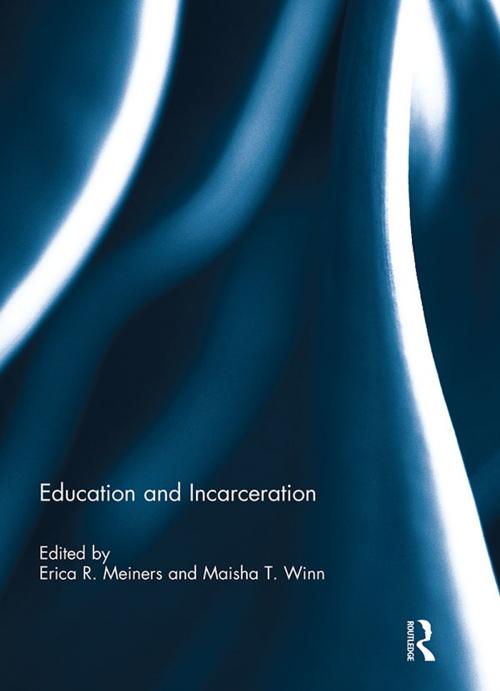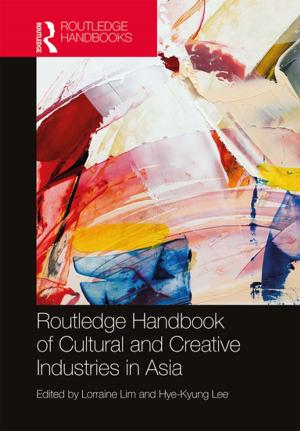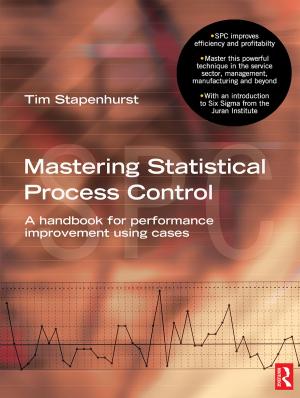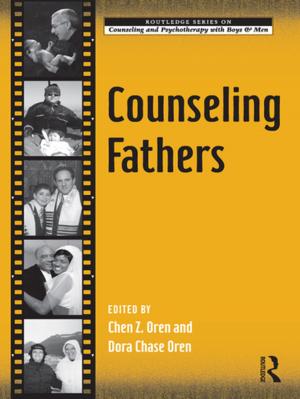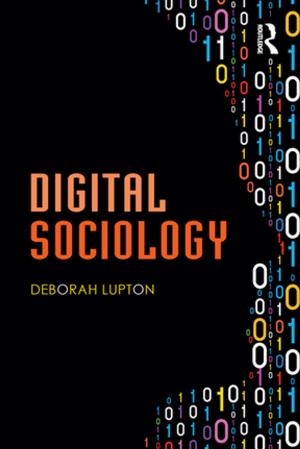Education and Incarceration
Nonfiction, Reference & Language, Education & Teaching, Educational Theory, Adult & Continuing Education, Counseling & Guidance| Author: | ISBN: | 9781317978282 | |
| Publisher: | Taylor and Francis | Publication: | July 16, 2014 |
| Imprint: | Routledge | Language: | English |
| Author: | |
| ISBN: | 9781317978282 |
| Publisher: | Taylor and Francis |
| Publication: | July 16, 2014 |
| Imprint: | Routledge |
| Language: | English |
The United States of America is in possession of the largest prison population in the world, with 2.3 million people currently behind bars. This number is predominantly and disproportionately made up of communities of colour and poverty. Between 1987 and 2007, the U.S. prison population tripled; the direct result of various ‘tough on crime’ public policies. Organizers and scholars use the term prison industrial complex (PIC) to name the structure that encompasses the expanding economic and political contexts of the detention and corrections industry in the USA. The PIC is a network that sutures capital, communities and the State to a permanent punishment economy. The term ‘the PIC’ aims to capture the range of material and ideological forces that shape the growth of detention: the political and lobbying power of the corrections officers unions, the framing of prisons and jails as a growth industry in the context of deindustrialization, the production and sales of technology and security required to maintain and expand the state of incarceration, and the naturalization of isolation as a logical response to harm.
Education and Incarceration highlights the significance of centering agency and autonomy, and documents scholars who work to be accountable to justice movements and communities, not simply to academic disciplines or to research. Additionally, as emerging scholars committed to challenging the PIC, these authors struggle to build multi-layered analytic and material tools for resistance within and beyond the walls of schools, jails and prisons. This book provides snapshots of practices in motion: activist scholars working to engage, to be accountable to families, communities and larger justice movements, and to build abolition democracies.
This book was originally published as a special issue of Race Ethnicity and Education.
The United States of America is in possession of the largest prison population in the world, with 2.3 million people currently behind bars. This number is predominantly and disproportionately made up of communities of colour and poverty. Between 1987 and 2007, the U.S. prison population tripled; the direct result of various ‘tough on crime’ public policies. Organizers and scholars use the term prison industrial complex (PIC) to name the structure that encompasses the expanding economic and political contexts of the detention and corrections industry in the USA. The PIC is a network that sutures capital, communities and the State to a permanent punishment economy. The term ‘the PIC’ aims to capture the range of material and ideological forces that shape the growth of detention: the political and lobbying power of the corrections officers unions, the framing of prisons and jails as a growth industry in the context of deindustrialization, the production and sales of technology and security required to maintain and expand the state of incarceration, and the naturalization of isolation as a logical response to harm.
Education and Incarceration highlights the significance of centering agency and autonomy, and documents scholars who work to be accountable to justice movements and communities, not simply to academic disciplines or to research. Additionally, as emerging scholars committed to challenging the PIC, these authors struggle to build multi-layered analytic and material tools for resistance within and beyond the walls of schools, jails and prisons. This book provides snapshots of practices in motion: activist scholars working to engage, to be accountable to families, communities and larger justice movements, and to build abolition democracies.
This book was originally published as a special issue of Race Ethnicity and Education.
